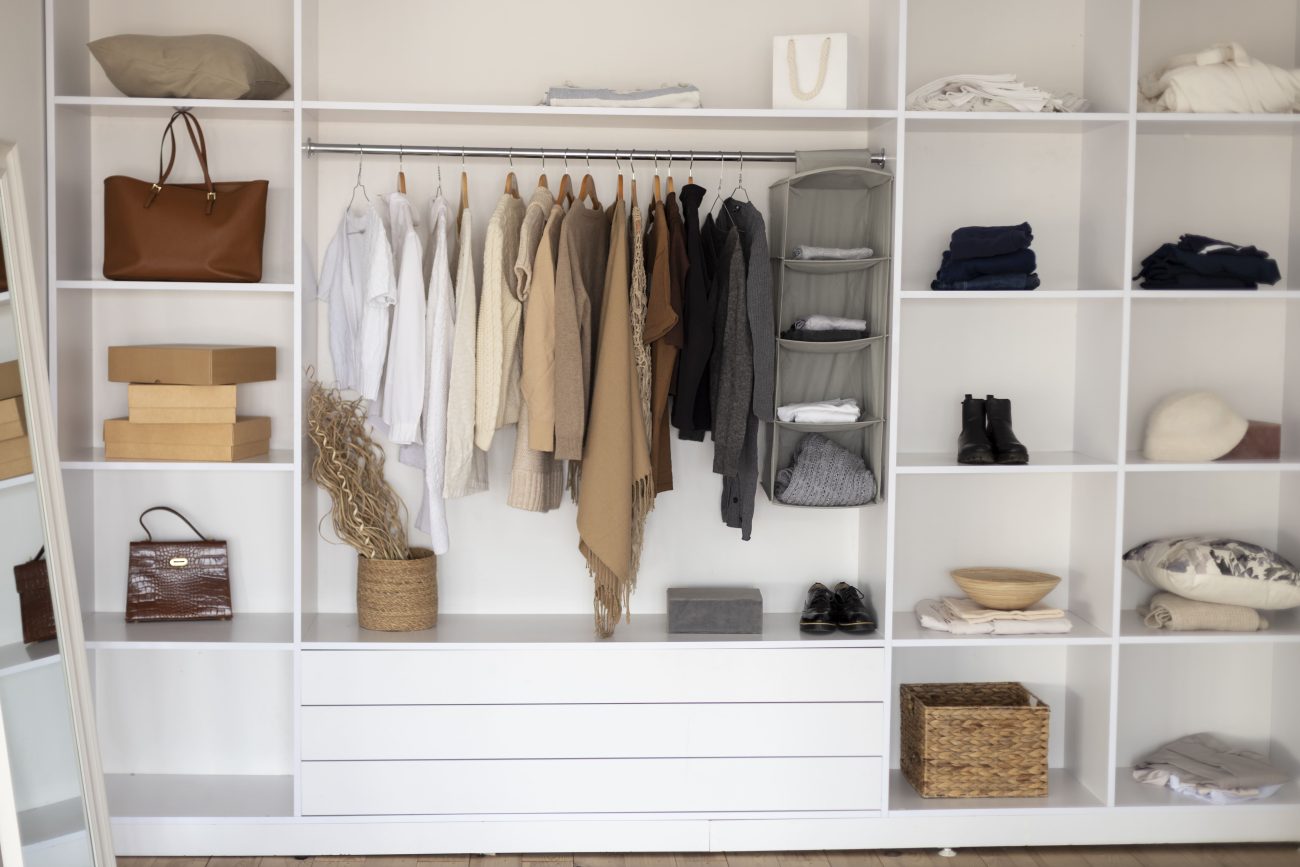How to Build an EcoFriendly Wardrobe
Discover how to build an ecofriendly wardrobe with sustainable fashion tips. Learn how to shop ethically, reduce waste, and make greener choices. Introduction Sustainable fashion is about making conscious choices that are kinder to the environment. From

Discover how to build an ecofriendly wardrobe with sustainable fashion tips. Learn how to shop ethically, reduce waste, and make greener choices.
Introduction
Sustainable fashion is about making conscious choices that are kinder to the environment. From choosing ecofriendly brands to adopting mindful shopping habits, there are many ways to build an ecofriendly wardrobe. This guide will help you understand sustainable fashion and how to make greener choices.
- Understand the Importance of Sustainable Fashion
Sustainable fashion focuses on reducing waste, minimizing the environmental impact, and promoting ethical labor practices.
Why It Matters: The fashion industry is one of the largest polluters, contributing to water pollution, excessive waste, and unethical labor practices. By choosing sustainable options, you support a healthier planet and fair working conditions.
- Shop Secondhand and Vintage
Thrift stores, vintage shops, and online resale platforms are great places to find unique, highquality pieces without contributing to new production.
Benefits: Buying secondhand reduces waste, saves resources, and gives clothes a second life.
Tips: Look for timeless pieces that can be mixed and matched easily with your existing wardrobe.
- Invest in Quality, Not Quantity
Instead of buying trendy fast fashion items, invest in highquality pieces that will last longer.
Benefits: Quality items are more durable, saving you money in the long run and reducing your overall consumption.
Tips: Focus on classic styles that won’t go out of fashion quickly.
- Choose Sustainable Fabrics
Opt for fabrics like organic cotton, linen, Tencel, and recycled materials. These fabrics are more environmentally friendly compared to conventional options.
Benefits: Sustainable fabrics often use less water, fewer chemicals, and are biodegradable.
Tips: Check labels and research brands that prioritize sustainable practices.
- Support Ethical Brands
Research brands that focus on ethical production, fair wages, and sustainable practices.
Benefits: Supporting ethical brands helps promote better working conditions and reduces the environmental footprint of fashion.
Tips: Look for certifications like Fair Trade, GOTS (Global Organic Textile Standard), and B Corp.
Conclusion
Building a sustainable wardrobe is about making thoughtful choices that prioritize quality, ethics, and environmental impact. By shopping secondhand, choosing sustainable fabrics, and supporting ethical brands, you can enjoy fashion while being kinder to the planet



